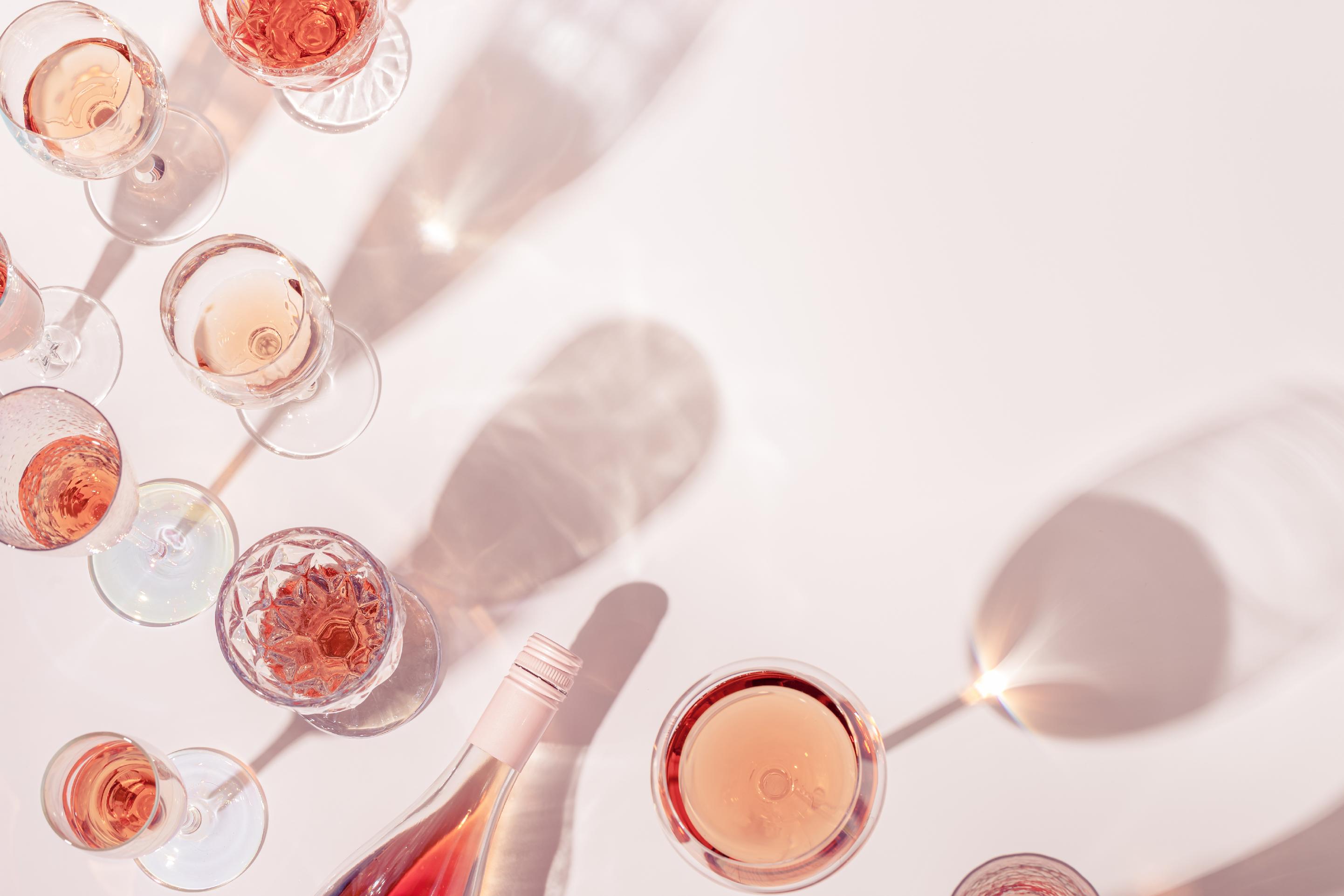
4 minute read
Tickled Pink!
As summer approaches Chris Boiling looks at how to pick a perfectly pink tipple
I view rosé wines as white wines made from red grapes. Any of the popular red grapes - including Pinot Noir, Grenache, Sangiovese, Tempranillo, Syrah, Cabernet Sauvignon, Zinfandel, Merlot, and Mourvèdre - can be used to make a rosé wine. It's very difficult to make a purely white wine from red grapes - a blanc de noirs in France - as any contact time between the juice and grape skins can turn it pink.
The shade of pink consequently varies according to the length of time the skin and juice are in contact before or during the gentle pressing The briefer the time, the paler the colour.
Provence, the world's leading rosé wine region, has got the pale pink colour down to a fine art, setting the colour standard for most French rosés and many trendy rosés around the world "Sand" and "lychee" are the names of the favoured shades now in Provence, according to the Rosé Research and Experimentation Center (Centre du Rosé) in Marseille, France.
However, I'm a fan of the darker-coloured rosés such as the crimson pinks of Tavel in the southern Rhône, the intense bright strawberry colour of Clarete in Spain's DO Cigales and the cherry-red of Cerasuolo d'Abruzzo in the centre of Italy. I find that deeper-coloured rosés tend to be more versatile with food and have more potential for ageing.
But always bear in mind - the colour is not a guide to quality (or to sweetness, a dark rosé can be just as dry as a pale Provence rosé). What I'm looking for in a great rosé is balance between the fruit, the freshness, the structure and the complexity; I'm looking for vibrancy, lightness, subtle aromas and delicate, refreshing flavours.
Languedoc is a superb hunting ground for alternatives to Provençal rosés.
For a deeper-coloured, more full-bodied, more serious rosé, look to Tavel in the Rhone Valley.
Most modern rosé wines are made by draining off the juice from red grapes as soon as the pneumatic press is filled, and fermenting the juice at very cool temperatures. For the darker-coloured rosés, the juice and the skins are likely to remain in contact for a few hours in the press (under a blanket of inert gas) or sometimes up to a couple of days in a stainless-steel tank at very cold temperatures.
Another method for making rosé wines involves blending a little red wine with a white wine to make a pink version. This blending method is chiefly used with pink sparkling wines. Any sparkling wine - including Champagne, Prosecco and Cava - can be turned pink with the subtlest addition of a red wine, especially Pinot Noir.
There is a third technique used for making rosé wines; a very traditional way. It's called the saignée method and involves bleeding off juice from a tank of macerating red grapes. I used this method with a wine I'm making in Albania. We drained off some of the juice for a rosé because we wanted to make a more concentrated red wine (by increasing the ratio of skins to juice).
Whichever way it's made, whatever shade of pink it is, there are a few other things to remember about rosé wines:
They pair well with seafood, vegetarian, fish and poultry dishes and many cheeses.
Of course they pair well with Mediterranean dishes, but they also go well with many Asian dishes.
You can drink rosé wine in winter. I've seen many French men and women enjoying a glass of rosé in ski resorts. Any day is a good day to enjoy a chilled glass of good rosé!







